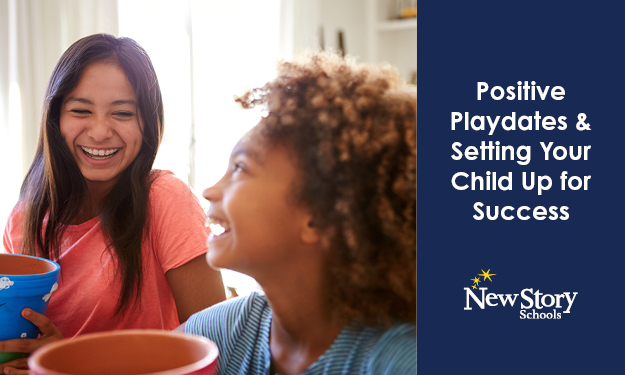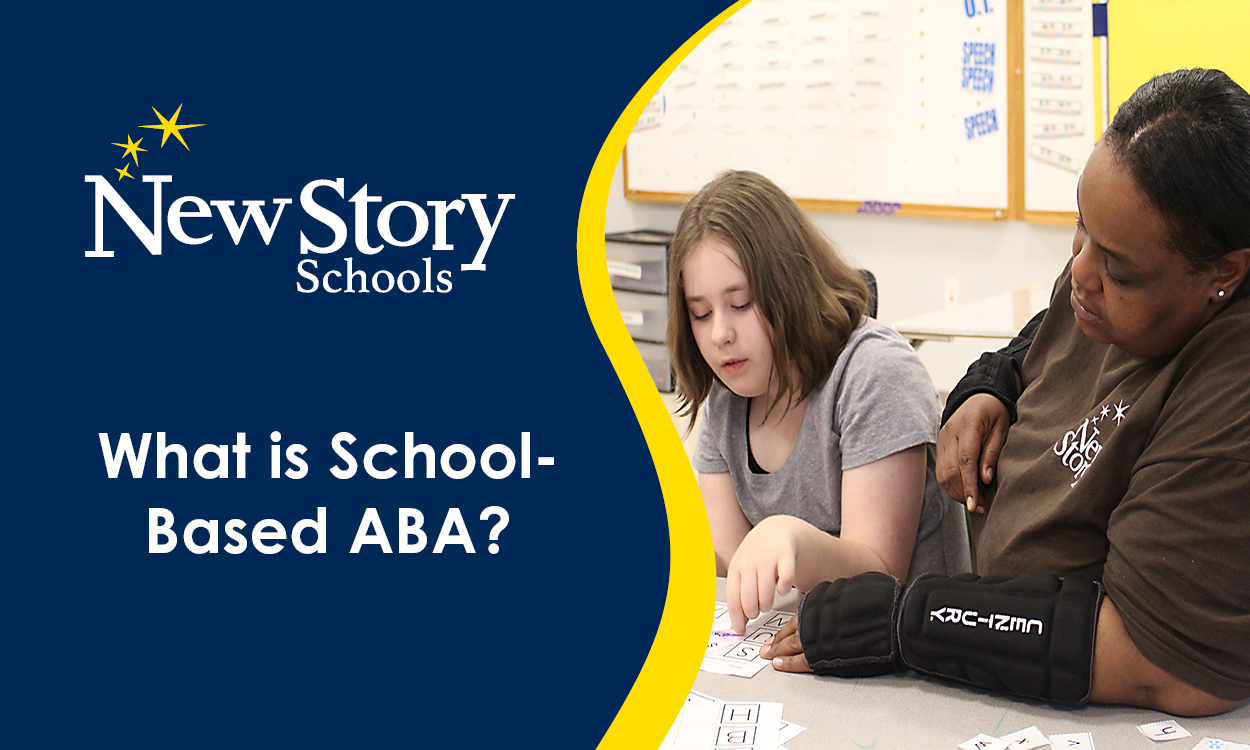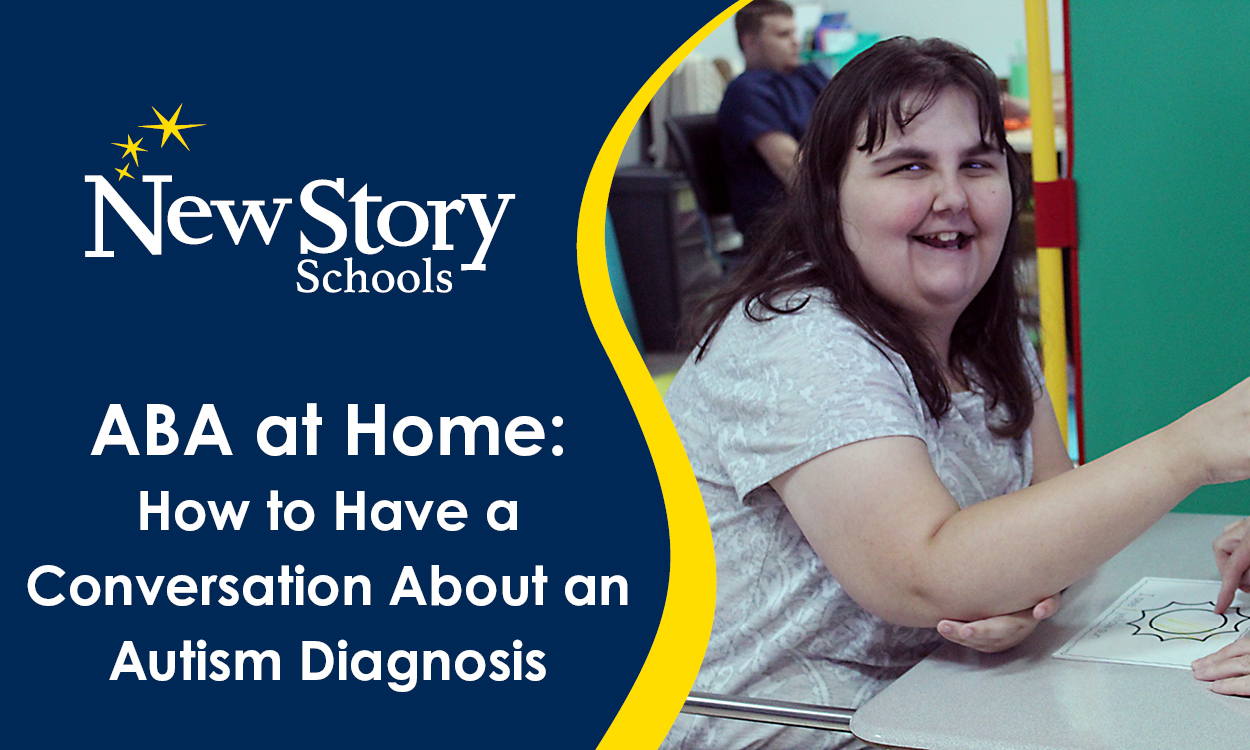Helping Your Child with New Activities: Part 2
Posted: February 10, 2022 | Written By: Gregory Paquette | Category: At Home Help

Gregory Paquette, MS, BCBA, Vice President, Clinical Services
Your Life ABA
Check out Part 1 of this blog series to get the first three tips on helping your child or young adult prepare for a new activity. Below are three more tips to use!
- Baby steps. Another name is “systematic desensitization”: Don’t expect greatness at the first go-around. Aiming for a one-hour trip to the library on attempt one, or a three-course meal the first time at a new restaurant? That may be too ambitious. Baby steps can help! The formal Applied Behavior Analysis term is systematic desensitization. Break the event down into steps to get the ideal “aim” or “goal.” This procedure is commonly used when working on fears, but it can work great for new skills as well.
- Each instance of the activity or the event builds on the last. This could be in the realm or duration or involvement. An example of duration means that the first visit to the library might be five minutes, and the next 10 minutes. An example of involvement might be the first trip to the arcade is just watching others play, and on the second trip the aim is to try to play skeeball.
- Reinforce and pair: Don’t forget to reward and praise! As mentioned earlier, if a child uses a token board during therapy, there is no reason to stop there. Based on your rules and expectations, reinforce rule following or trying new things with praise and tangibles. Pump up that level of excitement! Also known as differential reinforcement, offering rewards and praise means that better behavior leads to better levels of reinforcement! And how about pairing? If you currently are on an exposure level of just watching others play at the location, pair with a toy they love. By pairing a new activity/location with a preferred toy, the reinforcing effects are transferred to the new activity over time.
- Watch cues and offer breaks: Everyone has their own “behavioral incidents” that they display. This means that there are certain cues we can pick up on from a child when they may be getting frustrated, angry, or overwhelmed. Things such as biting nails, pacing, raising their voice, etc., are cues for parents and caregivers to watch out for. When you see these, offer breaks before more behaviors arise.
An important reminder is that if things don’t go well, don’t give up! Sometimes we tend to not try things again if something didn’t work out quite how we imagined it. It is important to remember that there are no failures! We can always modify. We can make events clearer, activities shorter, and set different expectations. All these things are normal, and all are important.
Remember – each additional practice opportunity or exposure to a new activity is another chance to find activities that your child loves and will succeed at.
Want to be notified of new articles and resources from New Story Schools? Submit your email and opt into our newsletter!









